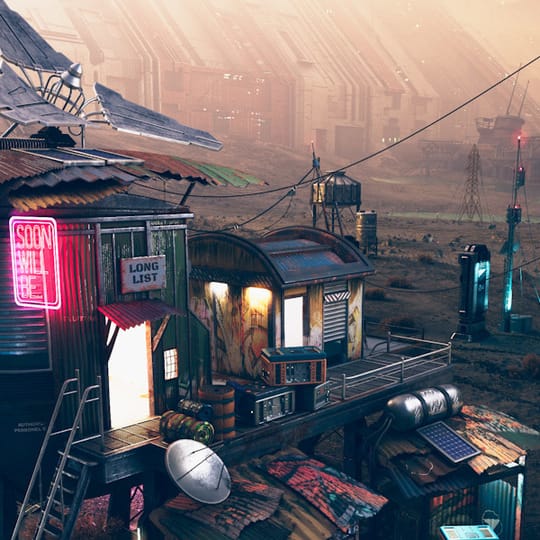New to V-Ray 5 for Maya is full support for ACEScg, which promises to unify visual effects workflows. Discover why it’s important plus how to use it in V-Ray.
What is ACES?
ACES is a color encoding system that is being widely adapted across the world, especially in media and entertainment. ACES stands for Academy Color Encoding System and it was developed by the Academy of Motion Picture Arts and Sciences.
There have been color encoding systems for years. You may know of some of them, such as sRGB and Rec709, but they were designed for older systems such as film or standard-definition televisions. Today, modern cameras, especially digital cameras, can represent far more colors than sRGB. All those camera systems use their own raw file format to give the filmmakers the full gamut of colors that the cameras can capture.
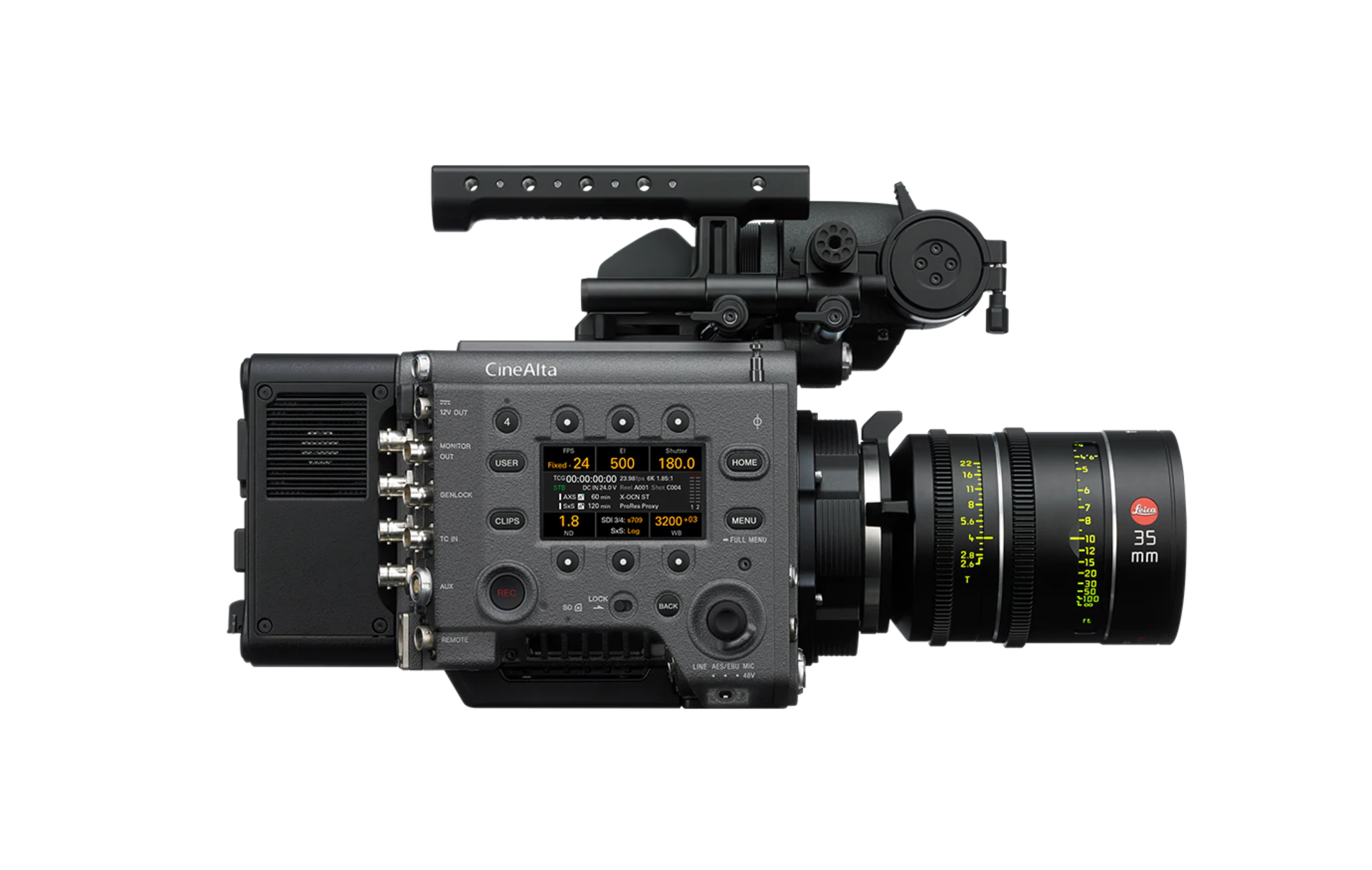
The problem is that those raw formats are not compatible with each other. So the Academy came up with a new modern color encoding system (ACES) to put all the camera data in the same color space. This made it much easier for colorists to keep consistency across many different sources.
But, as you know, modern movies don’t just have video — there is also a fair amount of CGI involved. As such, the world of VFX had to adapt to the same color space. Hence the birth of ACEScg, which is another flavor of ACES.
What makes ACES better?
The simple answer is wide gamut. Human vision, for the most part, can see a lot of different colors at a very wide variety of brightnesses. Old TVs and even film were limited in what was possible — hence the sRGB standard. New cameras, TVs and even laser projectors, such as Dolby Cinema, have a much wider range of possible colors and brightnesses. The best way to understand it is with a standard gamut graph that illustrates how much more color is visible.
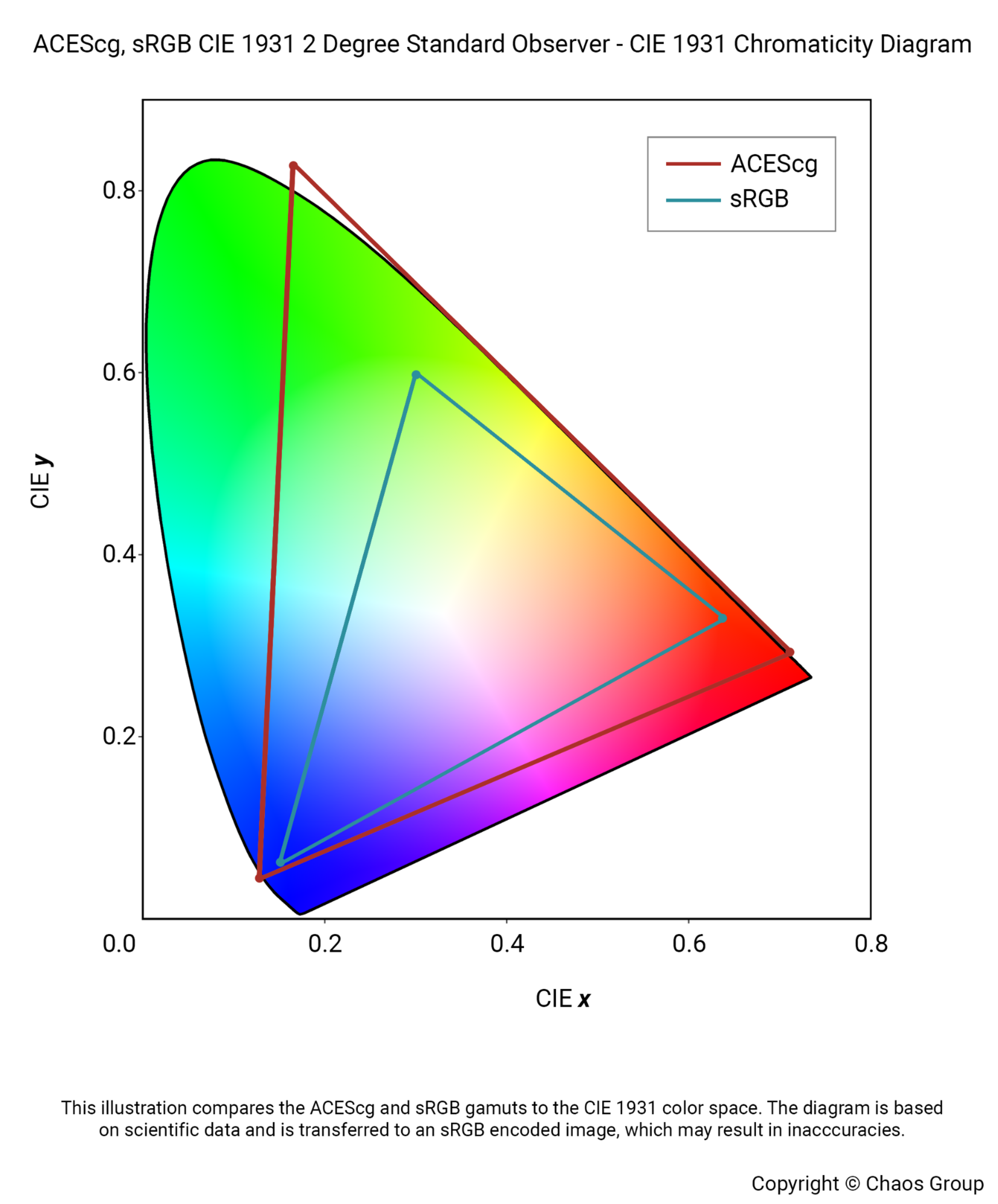
Why are there so many different flavors of ACES?
While all flavors show approximately the same color space, different technology needed slightly different ways of encoding that color space. Certain color correctors needed the data to be encoded logarithmically for the data to work better, hence ACEScc. Some color correctors needed to go slightly further with a curve closer to what old Cineon files used. This led to ACEScct.
In the CG world, all of our data is much better when it is kept linear with no curve. So the Academy decided to name the linear version of ACES ACEScg. In V-Ray, we only support ACEScg as it is the color space of choice for CGI work and will help avoid any confusion.
ACEScg . . . and more
ACEScg is just one of the new features of V-Ray for Maya. In this webinar, Chaos Group’s Cory Holm will talk you through how to make the most of the new feature — and much more.
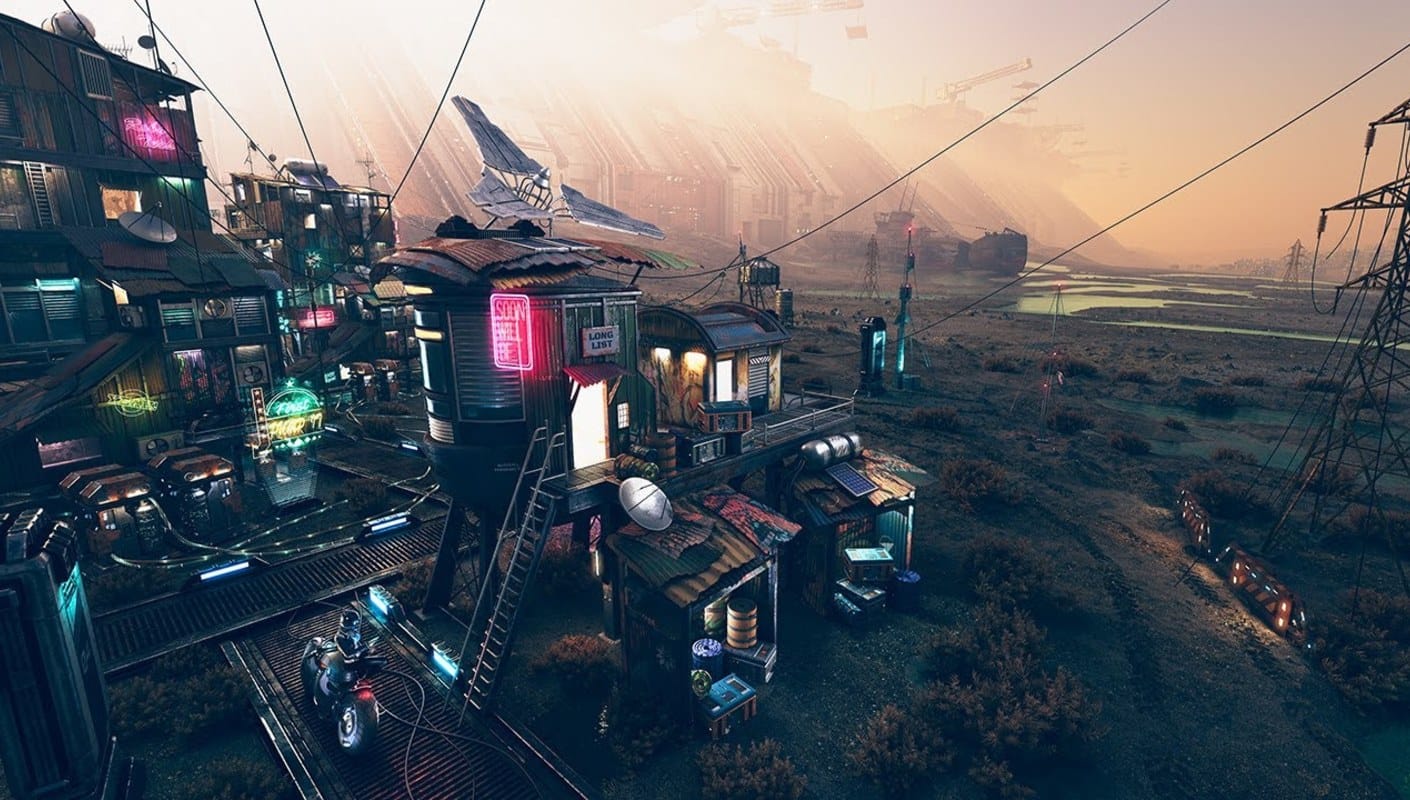

How will ACES affect my workflow?
Technically, if you follow a few steps, it should not affect your workflow much at all. You need to realize that your textures, HDRs, etc, all need to be converted to ACEScg so that you get the expected colors on the output. This is taken care of in a setting in Maya, which in turn, we adapt in V-Ray to do all the conversion for you at the end.
For your input images, we support the following color spaces natively: Raw, ACEScg, scene-linear or gamma Rec. 709, and sRGB. If you need any other input color spaces, you will need to use OCIO. You have to be mindful of how Maya determines a texture's color space. In the "Color Management" settings, you can set up a list of rules that assign a color space to a texture based on patterns in its filename. This is the primary way to assign input color space to a texture in Maya.
If you've enabled OCIO, you also have the option of enabling "Use OCIO input color space rules," which add all the color spaces from the OCIO configuration as an implicit rule in Maya, so if your image has an OCIO color space name in its filename, that color space will be automatically assigned. Finally, if you have a few files that do not fit the rule-based system, you can override the color space of a specific file node from its attributes. Either way, V-Ray will respect whatever the image's input color space is set to and will not try to guess it.
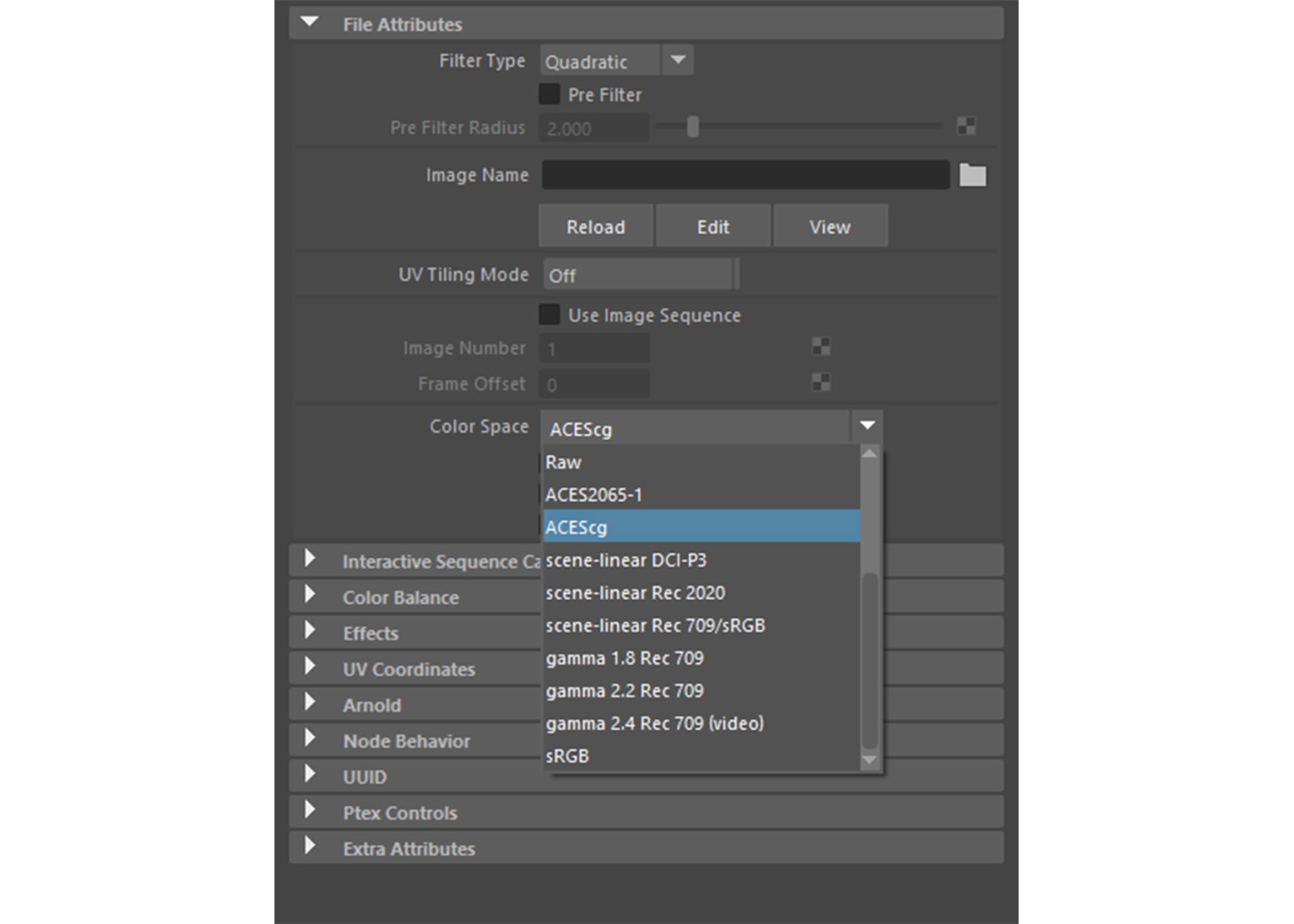
Then you have a choice. You can either setup the output color space in Maya by going to the Maya preferences
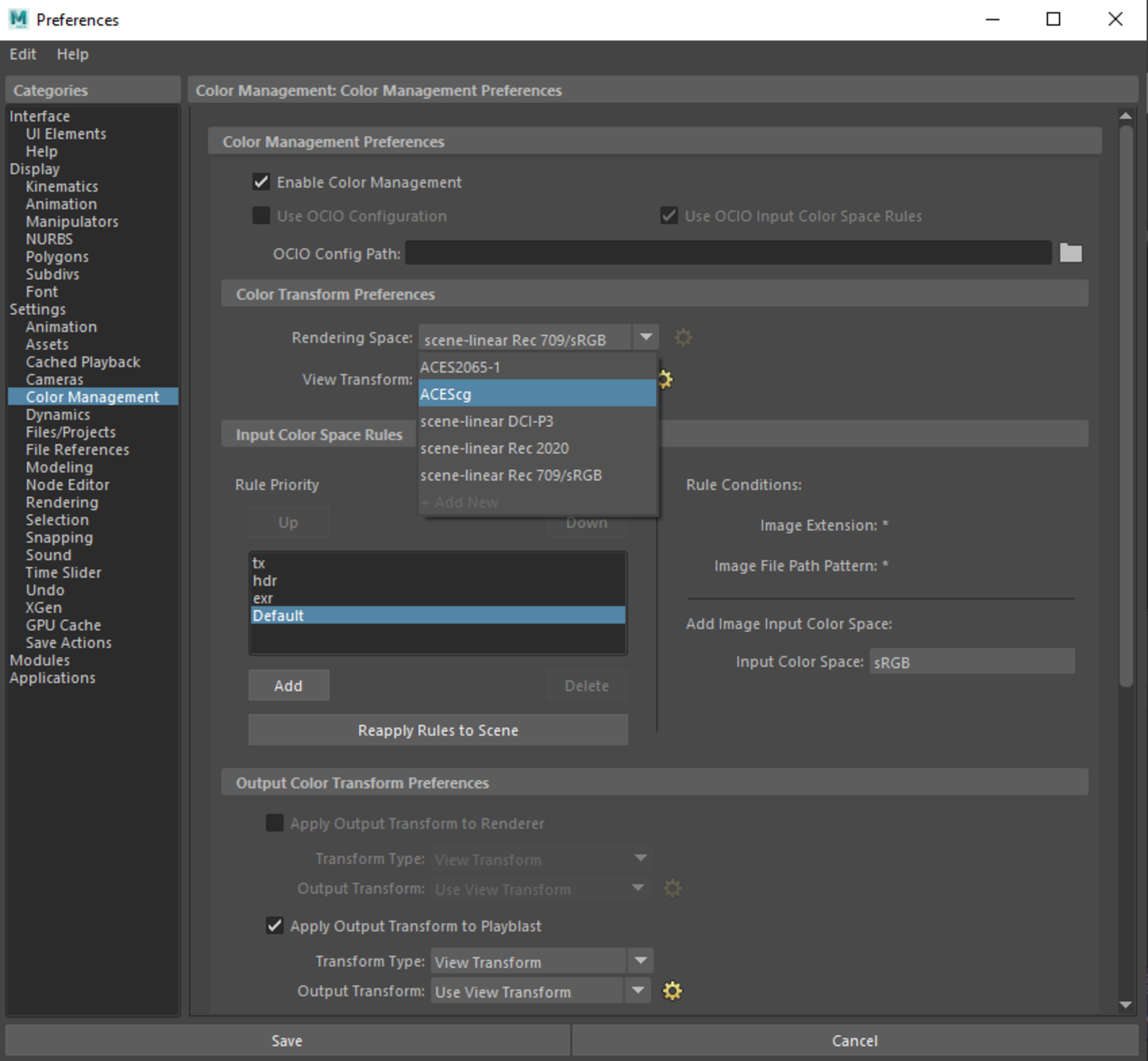
But if you want to bypass the Maya preferences and simply tell V-Ray to take of it for you, you can do that in the V-Ray render settings
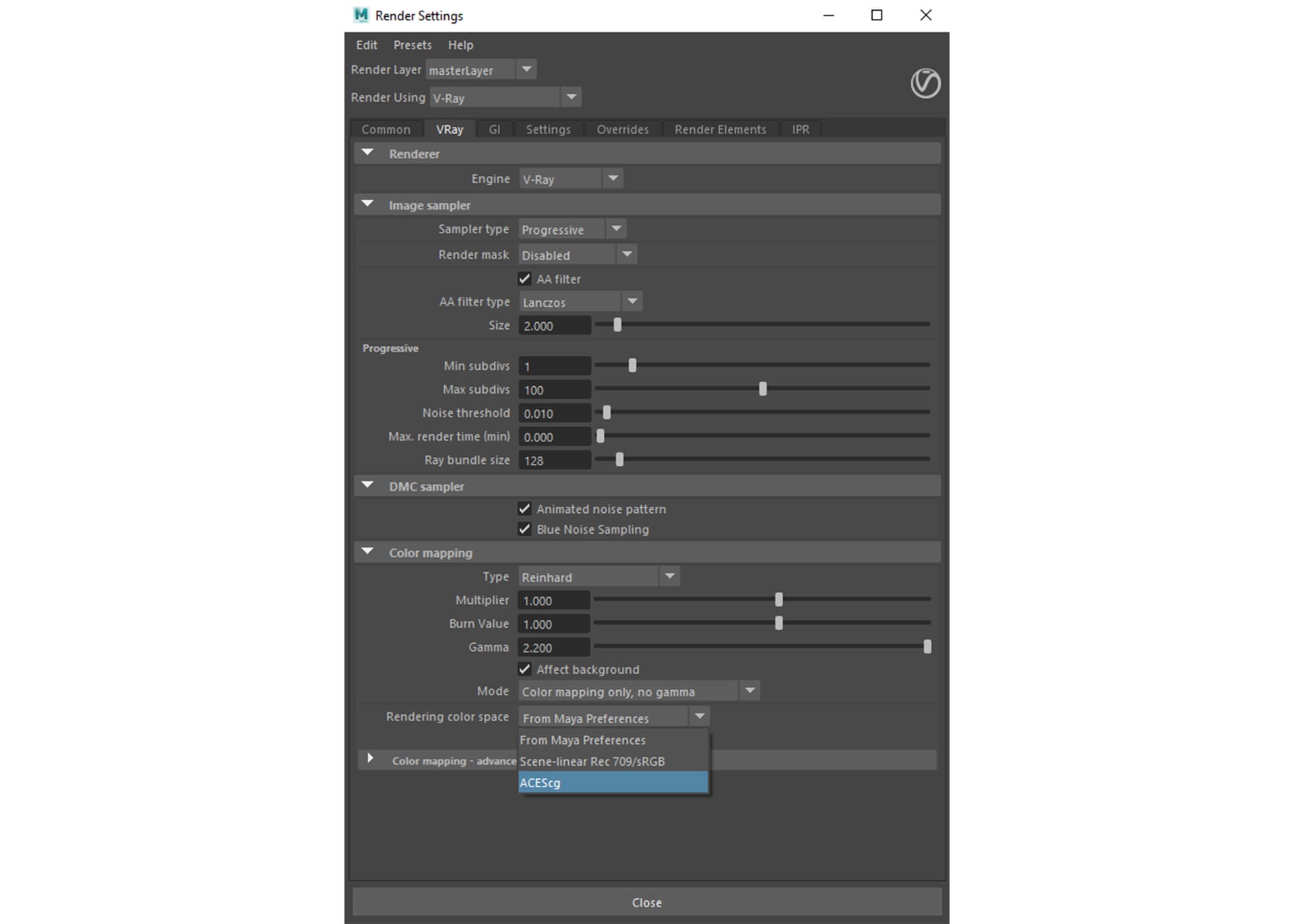
Conclusion
ACEScg is now the new standard color space that is being used natively by both input systems just as cameras, as well as output programs like V-Ray. It allows for a much wider gamut of colors and higher dynamic range. V-Ray 5 for Maya not only supports it, but we respect the native color management right inside of Maya. As such, making sure that your V-Ray for Maya project is in ACEScg has never been easier.

